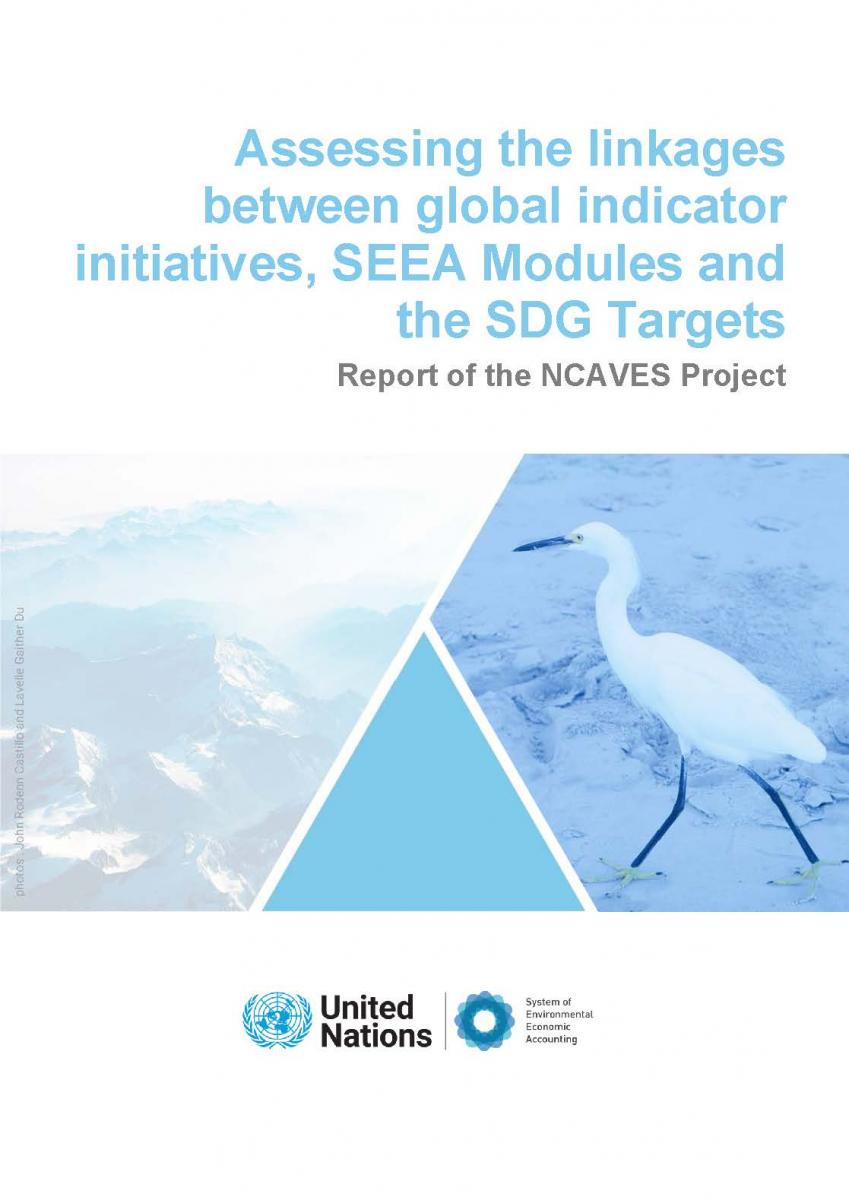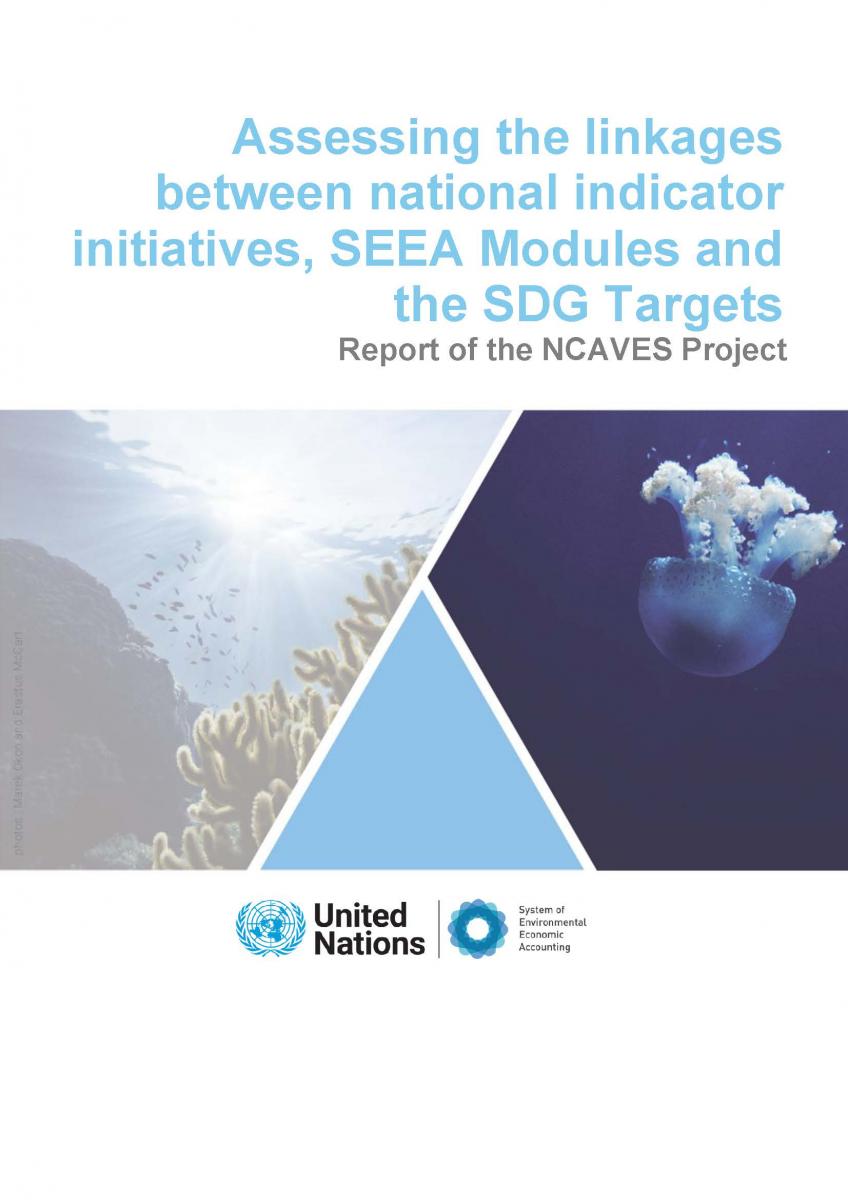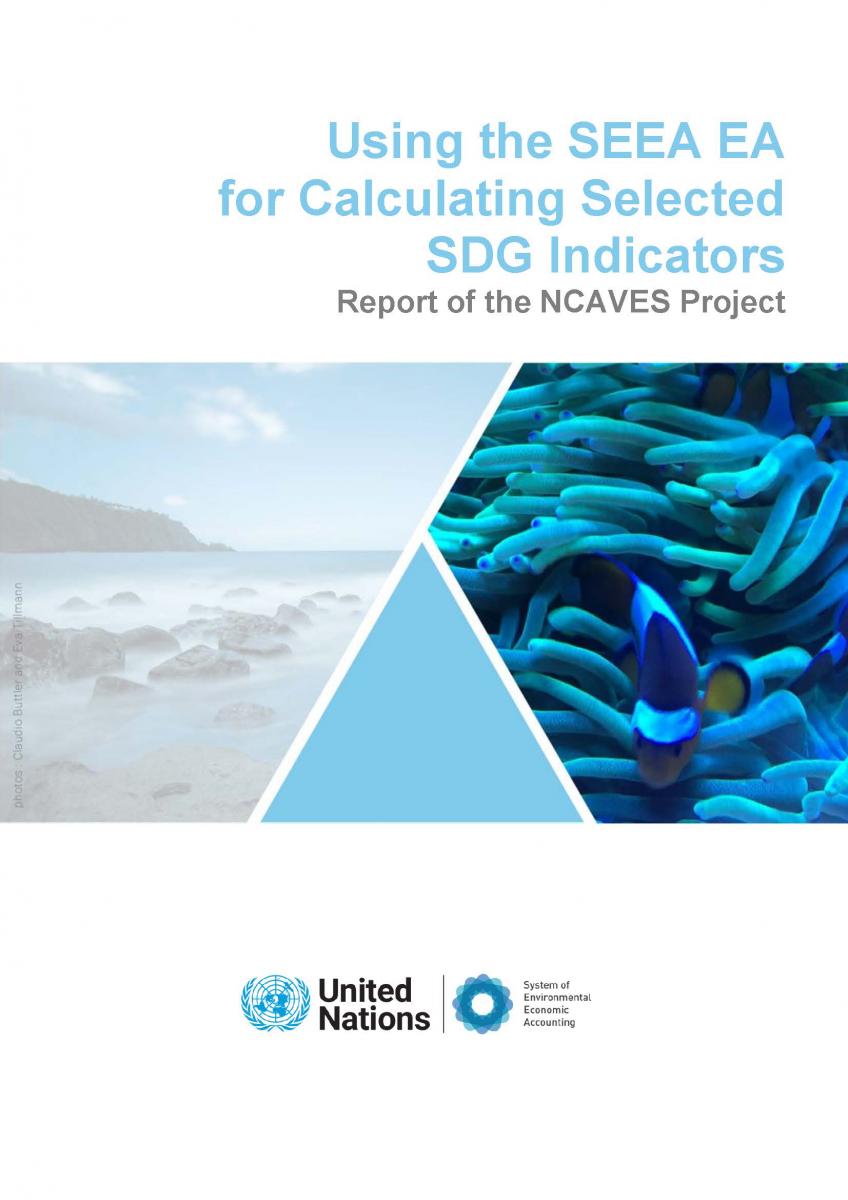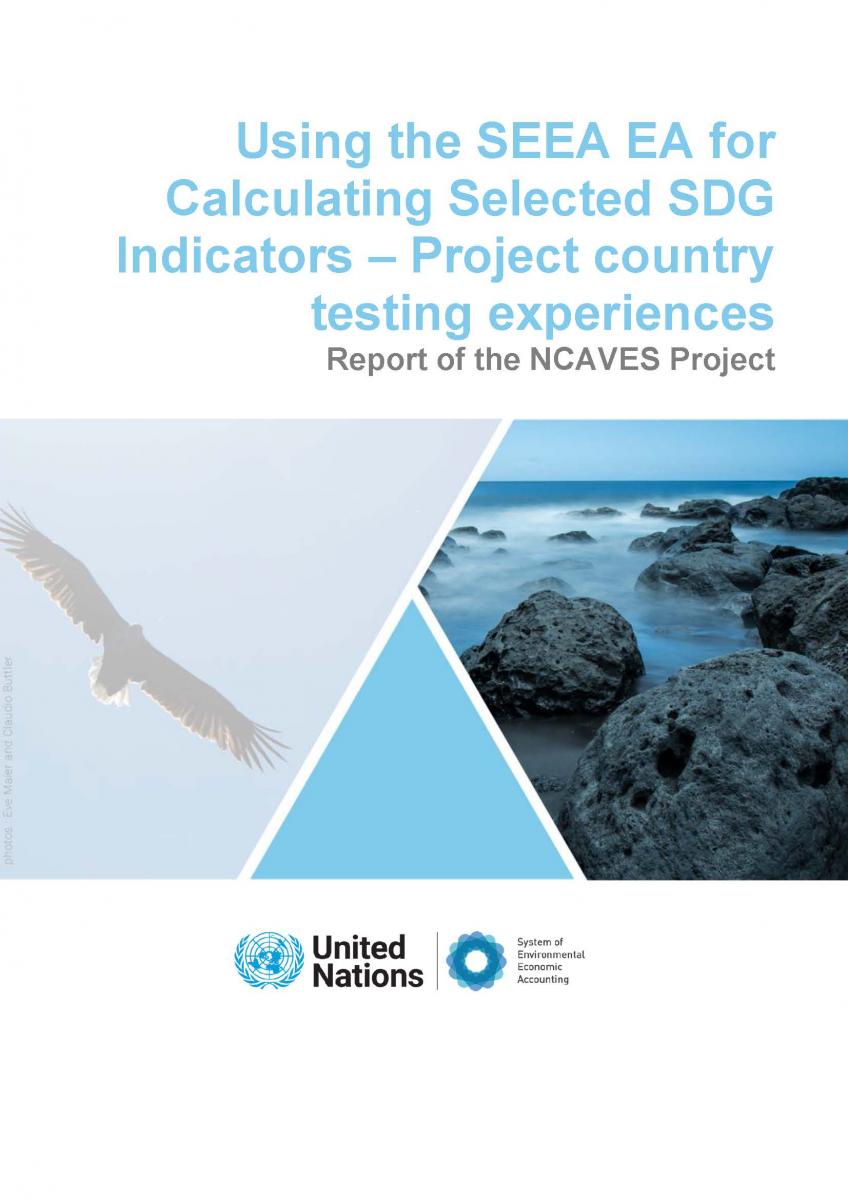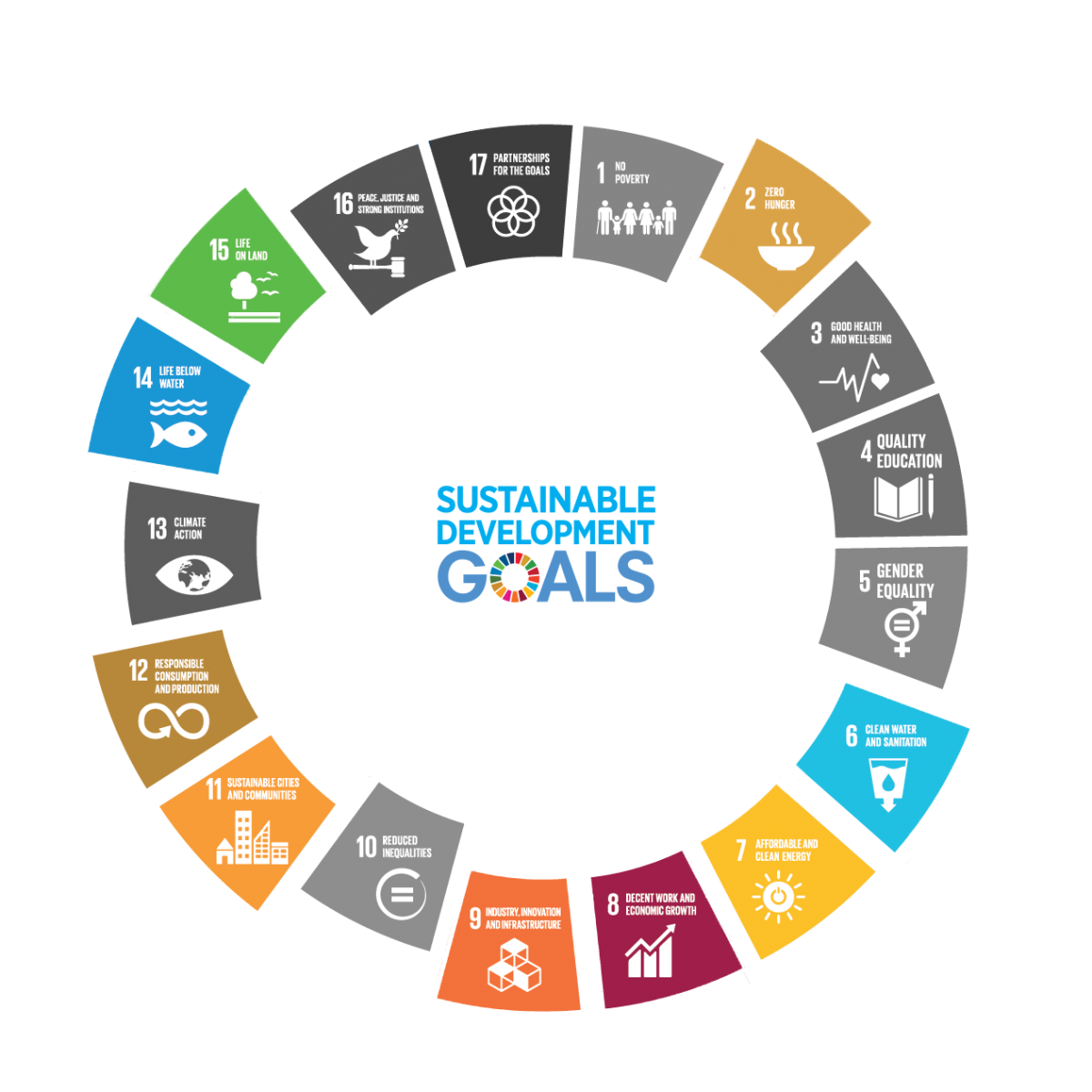Indicators and Natural Capital Accounting
Overview
The indicator workstream of the NCAVES project sets out to assess the linkages of the System of Environmental-Economic Accounting Ecosystem Accounting (SEEA EA) to the existing global monitoring frameworks, such as those used for reporting on the Sustainable Development Goals (SDGs), the Aichi targets and emerging post-2020 Global Biodiversity Framework, as well as the national indicator initiatives from the NCAVES countries.
This workstream consists of assessments and testing activities.
- Assessing the linkages between global indicator initiatives, SEEA Modules and the SDG Targets (2019): Presents an assessment of the potential to derive or align key global environmental and development indicators with the SEEA.
- Assessing the linkages between national indicator initiatives, SEEA Modules and the SDG Targets (2021): Presents an assessment of the potential to derive or align national indicator sets of the NCAVES countries with the SEEA.As part of the NCAVES project activities, countries are encouraged to undertake pilot testing of a selected set of SDG indicators using the SEEA EA.
As part of the activities of the indicator workstream, a set of technical notes were produced to support the NCAVES countries to test the generation of a selected set of SDG indicators using the SEEA.
The approach to implementing the technical notes and the countries' experiences in testing them are summarised in the following reports:
- Using the SEEA EA for Calculating Selected SDG Indicators (2020): Presents a series of Technical Notes to support the calculation of 4 priority SDG Indicators using the SEEA EA framework.
- Using the SEEA EA for Calculating Selected SDG Indicators – Project country testing experiences (2021): Summarises the experiences of the NCAVES countries in evaluating and implementing these technical notes.
Assessing the linkages between SEEA EA and global indicator initiatives SEEA
The Expert Meeting on SEEA Indicators for SDGs and Post-2020 Agenda assembled over 40 experts who discussed how indicators derived from the System of Environmental-Economic Accounting (SEEA), specifically the Ecosystem Accounts, can support the Post-2020 Biodiversity Framework. This meeting provided an opportunity for invited experts and representatives from NCAVES project countries to consider the approaches outlined in the assessment and to develop methodological notes related to SDG indicators on land degradation, freshwater ecosystem, urban ecosystem and protected areas. The meeting also identified several engagement events for the Post-2020 process and proposed joint actions among communities on indicators for biodiversity and ecosystem services to further mainstream natural capital accounting in policies.
As a result of the expert meeting and the subsequent consultation with meeting participants, the Global Indicator Review that summarizes the findings of the indicator assessment and the national indicator inventory was completed in August 2019 and was published as a living document. It provides recommendation on the role of the SEEA Ecosystem Accounting can play in directly supporting the production of SDG indicators.
The Review was referenced in an editorial in the scientific journal Nature(https://www.nature.com/articles/d41586-020-00450-5) that discussed the positive role the SEEA could play in ensuring progress under the post-2020 global biodiversity framework
Using SEEA EA for calculating selected SDG indicators
The Global Indicator Review identified a set of priority SDG indicator that could be generated by the SEEA for testing in countries. They comprise:
- SDG 15.1.1 – Forest area as a proportion of total land area.
- SDG 6.6.1 – Change in the extent of water-related ecosystems over time.
- SDG 11.7.1 – Average share of the built-up area of cities that is open space for public use for all, by sex, age and persons with disabilities.
- SDG 15.3.1 - Proportion of land that is degraded over total land area.
The final guidance document with an overview of suggested steps for the implementation of a national programme of work for compiling SEEA EA accounts for calculating selected SDG target indicators (6.6.1, 11.7.1, 15.1.1 and 15.3.1) has been prepared including a supplementary document that analyses how the SEEA can be aligned with existing national indicator initiatives. The guidance document provides an overview of how to compile a set of SEEA EA accounts to support the calculation of these four SDG indicators. It provides suitable accounting structures to organize information, and a broad overview of associated measurement approaches and data sources to compile relevant accounts and calculate the indicators.
This guidance document is intended to support the NCAVES pilot countries in piloting indicator testing using SEEA EA, given the different accounts each country is producing. The objective of the testing process is to better understand the feasibility of implementing the guidance note and identify the key issues associated with such implementation. Ultimately, the aim is to capture lessons learned and best practices for compilation. This will allow the guidance document to be improved and support other countries interested in implementing them to calculate the SDG Indicators, including providing case study examples.
A webinar was held in June 2020 with the NCAVES countries on the testing process, but in a more general setting with a presentation on the post 2020 biodiversity monitoring framework and how the SEEA EEA can support this. https://seea.un.org/events/webinar-deriving-indicators-seea-eea
NCAVES Project
The NCAVES project was funded by the European Union via a Partnership Instrument and has been jointly implemented by the United Nations Statistics Division, in collaboration with the United Nations Environment Programme and the secretariat of the Convention on Biological Diversity (CBD)
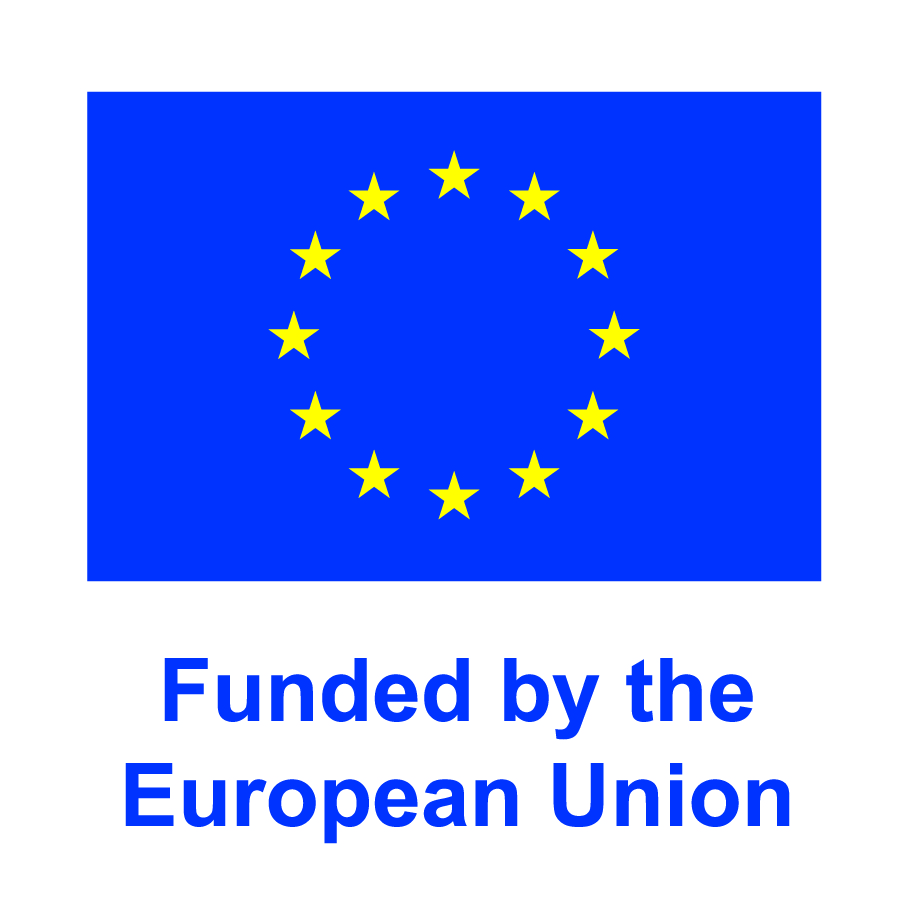 |

